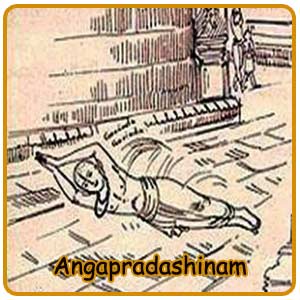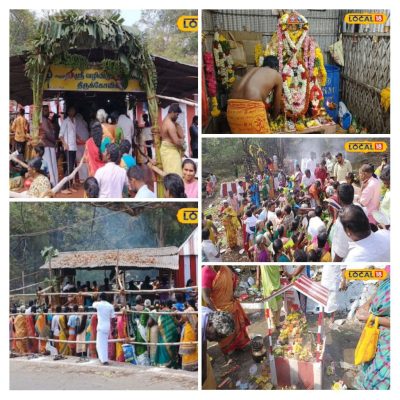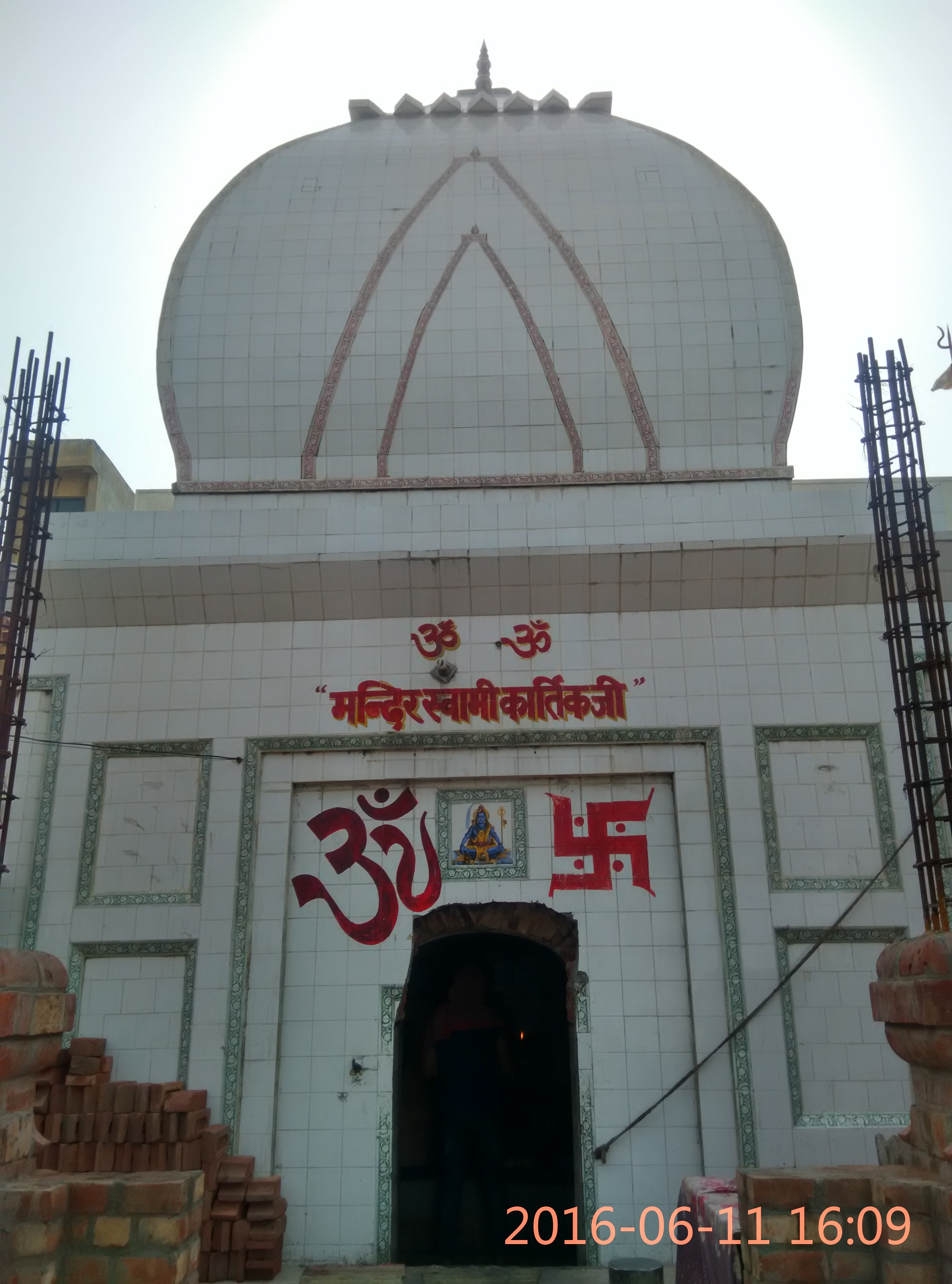Takht-I-Rostam Buddhist Monastery – Afghanistan

Address
Takht-I-Rostam Buddhist Monastery – Aybak, Afghanistan
Diety
Buddha
Introduction
Takht-e Rostam or Stupa of Takht-e Rostam is a stupa buddhist monastery complex 2 km south of the town of Haibak. Built in the 3rd-4th century AD while the area was part of the Kushano-Sasanian Kingdom the complex is carved entirely from the bedrock and “consists of five chambers, two of them sanctuaries. One of them has a domed ceiling with an elaborate lotus leaf decoration. On an adjacent hill is the stupa, surmounted by a harmika, with several more rough caves around the base. A hoard of Ghaznavid coins was found by chance in one of the caves.
Puranic Significance
Much of Afghanistan’s Buddhist past has been razed and built over as Islam spread over the land. The few that remained through the Islamization of Afghanistan didn’t survive the rise of the Taliban which ordered the destruction of any non-Islamic sites, such as the demise of the Bamyan Buddhas. Arguably Afghanistan’s most pre-Islamic site after the 2001 dynamiting of the Bamyan Buddhas is Takht e Rustam, a Buddhist Stupa atop a hill looming over the city of Samangan– an easy day trip from Mazar e Sharif. It is estimated that Takht e Rustam was built between the 4th and 5th centuries. The Stupa of Takht-e Rostam in Samangan Province is Afghanistan’s most impressive pre-Islamic site after the Bamiyan Buddhas were destroyed by the Talibans in 2001. The Nava Vihara Monastery was for centuries compared on equal foot with the highly regarded monastery called Nalanda Monaster “Nava Vihāra as buddhist monasteries…..Today they are called Takht i Rustam and Tapa e Rustam.. At the top of the stupa is a stone-carved Harmika building, which once held relics of the Buddha. The trench surrounding the stupa is around eight meters deep. A path leads down to the bottom of the trench, where Buddhist monks once clockwise circumnavigated the stupa. Carved inside the outer walls of the trench is a Buddhist monastery with five individual caves and several monastic cells for meditation. The Afghan name Takht-e Rostam (Throne of Rostam) refers to a legendary figure in Persian culture. After the Islamization of Afghanistan, when the knowledge of the original purpose of the stupa became lost, the site became known as the place where Rostam supposedly married his bride Tahmina. Some ancient astronaut theorists suggest that it can have connection to mysterious flying ships or ‘Vimanas’ that visited Earth 6000 years ago according to ancient Vedic texts.
Century/Period/Age
3rd-4th century AD
Managed By
Archaeological Survey of India (ASI)- Afghanistan
Nearest Bus Station
Aybak
Nearest Railway Station
Mazar-i-Sharif
Nearest Airport
Mazar-i-Sharif









